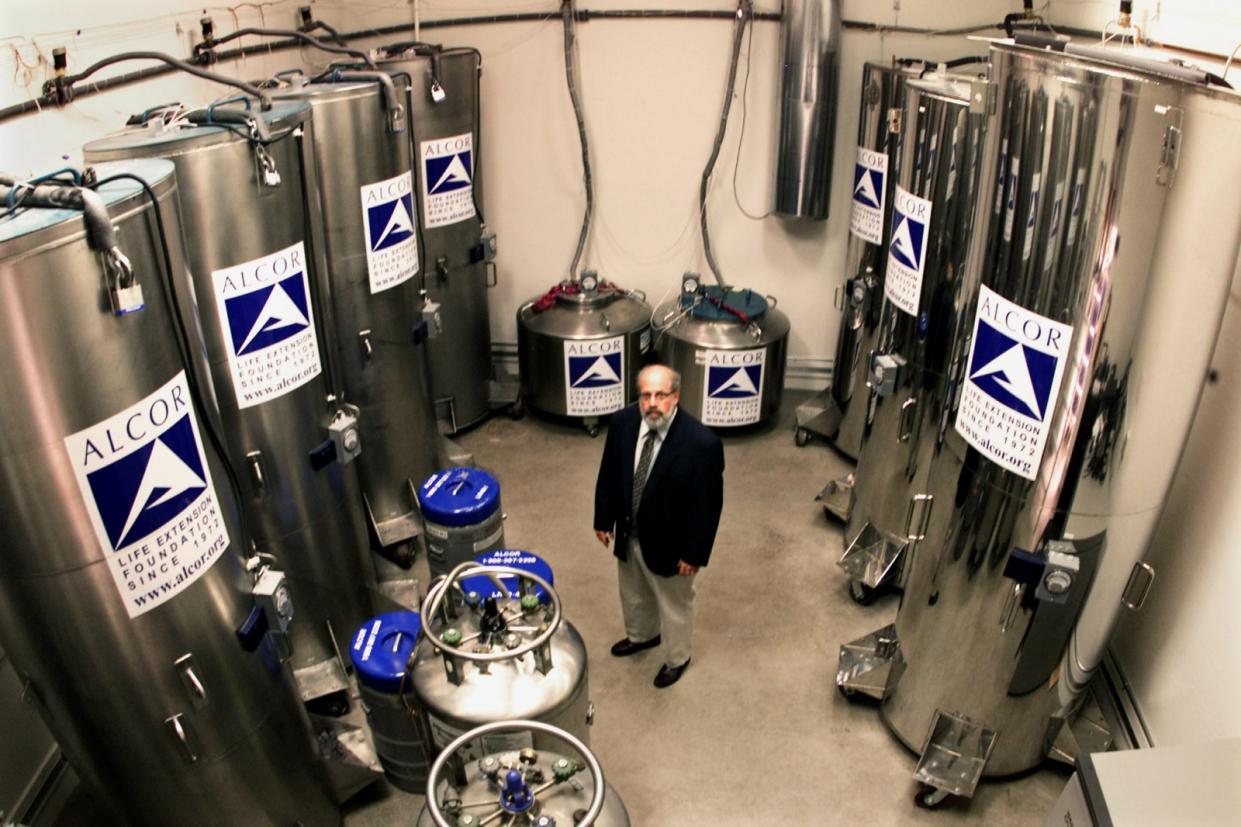Is cryogenic freezing possible? Worms frozen for 40,000 years come back to life

Cryogenic freezing is a standard dream of science fiction – but the idea of ‘sleeping’ for thousands of years seems to be a reality (at least for worms).
Scientists thawed permafrost sediment from the Arctic frozen for 40,000 years – and nematode roundworms in it came back life.
It’s a record for the length of time animals can survive cryogenic preservation.
The worms were found in samples from remote parts of north eastern Russia, and were placed in Petri dishes with nutrient jelly, at 20 degrees Celsius.
After a few days, the worms began to move.
MOST POPULAR STORIES ON YAHOO UK TODAY
Blood Moon: How to watch the longest total lunar eclipse this century on Friday
Yahoo UK Pictures of the week: Roads, rides and royals
Why do people think the Blood Moon heralds the end of the world?
Shock brawl breaks out in MacDonald’s over ‘free soft drink’
Here’s the scientific reasons why British people can’t cope with the heatwave
The worms, from the genus Plectus, were found in samples drilled from the ground, at a depth of around 11 feet, and were carbon dated to 42,000 years ago.
The researchers write, ‘It is obvious that this ability suggests that the Pleistocene nematodes have some adaptive mechanisms that may be of scientific and practical importance for the related fields of science, such as cryomedicine, cryobiology, and astrobiology.’


